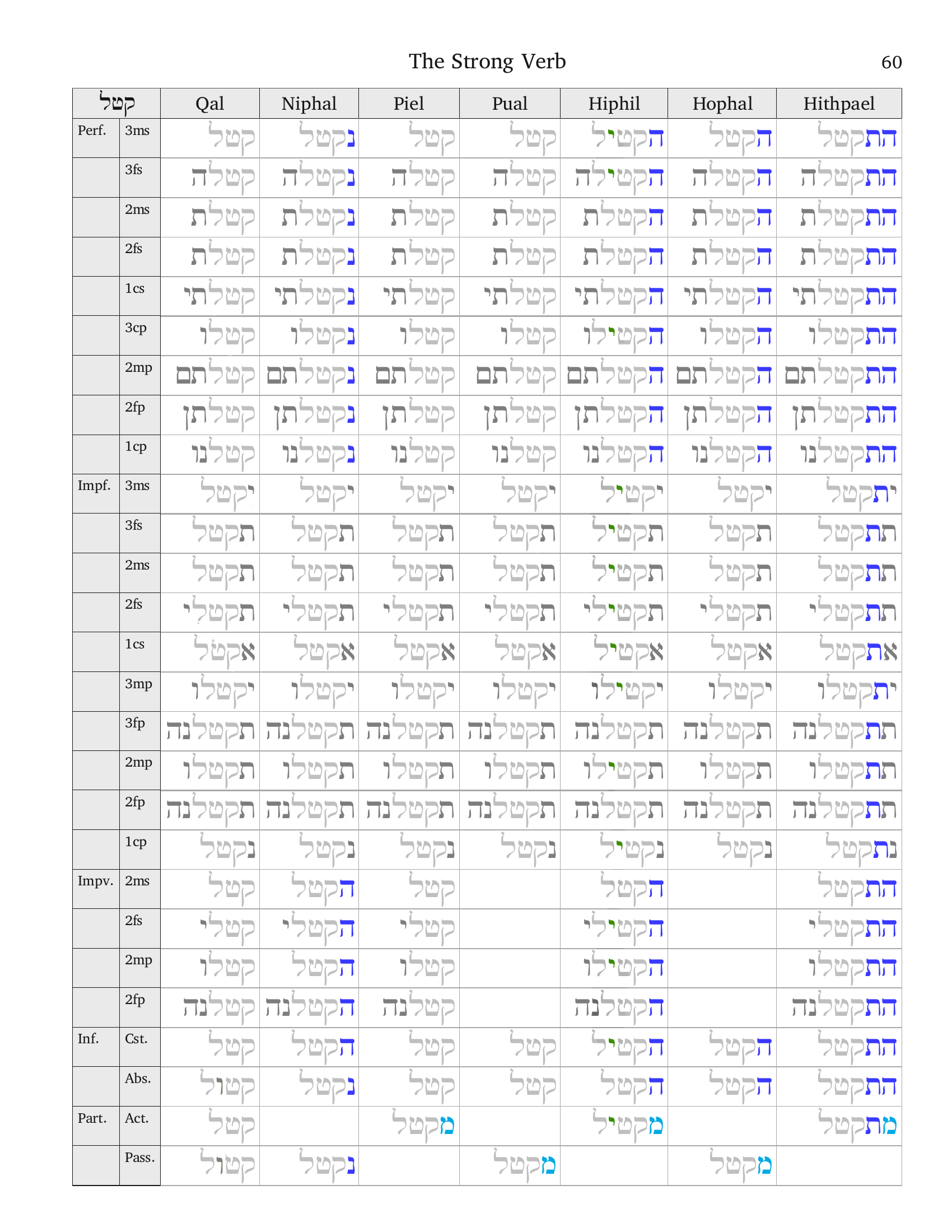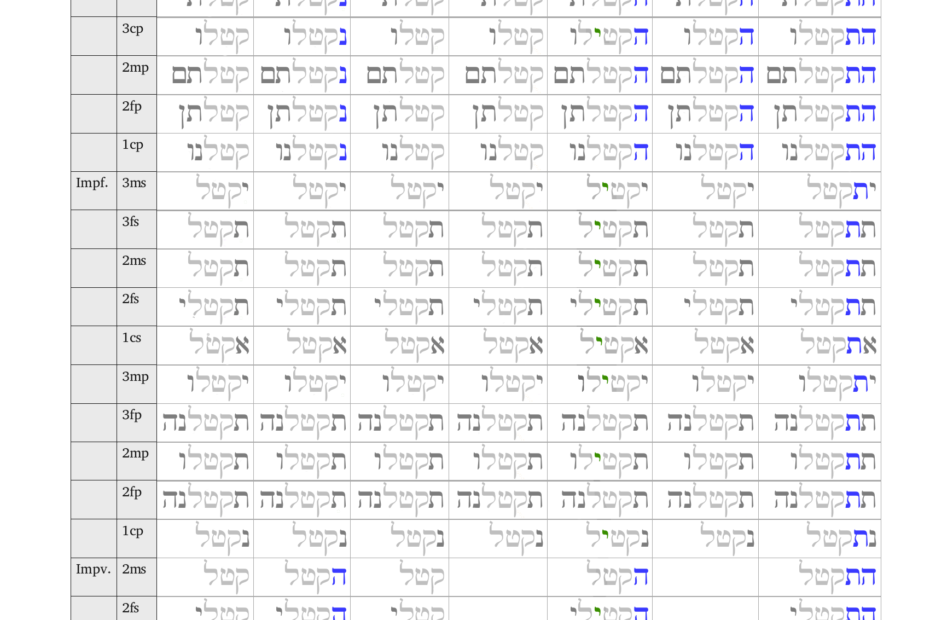Most translation projects typically make slight variations in renderings but generally remain within the same reading and traditional context. Many also lean heavily on the Masoretes’ vowel pointing system, which dates back to the 7th-10th century. Even modern grammarians, spanning the last few centuries, have relied on the Masoretes’ vowel pointing (called niqqud).
This project, however, takes a different approach by eschewing reliance on vowel points and instead delving into the words as originally written. Absent the vowel pointings, readers may observe that many word forms and conjugations appear identical, necessitating contextual clues for proper interpretation of gender, number, and tense.
Notice that all these forms encircled are spelled exactly the same:

Why were vowel points so important?
 The Masoretes extensively modified the text to facilitate reading. Their religious objective was for the texts to be easily read, memorized, and recited, prioritizing these activities over close textual examination. Reading and recitation of Hebrew held far greater importance than scrutinizing the writing itself.
The Masoretes extensively modified the text to facilitate reading. Their religious objective was for the texts to be easily read, memorized, and recited, prioritizing these activities over close textual examination. Reading and recitation of Hebrew held far greater importance than scrutinizing the writing itself.
Reading aloud has always been a vital tradition in Judaism, upheld by the Masoretes and practiced by Jews throughout history. It was meant to ensure accurate transmission of textual tradition, and also emphasize oral tradition alongside written scripture. They considered it to create spiritual connection and create communal participation in religious rituals. From an early age, memorization, recitation, and other practices such as wearing pieces of scripture, or posting scripture over doorways, specific clothing, beards or kippahs, were instilled into followers. What was not instilled was inquiry and close examination. Tradition was paramount, and taboos were not to be broken. Challenging traditional renderings and meanings was dangerous in any religious context over the last 2000 years. Even the prophets of the Old Testament risked their lives. Even in the Puritan days of New England America.
Words were frequently added in brackets [] to offer alternative word constructs known as “Qere” and “Ketiv.” “Ketiv” denoted the written form, the authentic rendition, while “Qere” represented the reading form, that is, inauthentic words. Through this substantial effort, the original written text became deeply obscured beneath centuries of “Qere” readings and artificially imposed vowel pointings. Scholars, grammarians, and Hebrew Bible professors have relied on these conventions ever since, with the study of Hebrew separate from niqqud becoming increasingly rare.
To tackle the text beyond the niqqud is to tackle the very heart of the texts. But in order to do so, one must be willing to set aside the taboos and risk being “put out of the synagogue” as it were.
When Bible translation projects have been so heavily funded—from the 57 appointed scholars of King James, to the multi-million dollar projects of today, there is a lot to lose for breaking taboos. Funding is available for countless projects, ministries, and religious endeavors so long as you stay within the tradition, even if the traditions are breaking thousands of grammatical rules. The RBT Project has nothing to lose, because it is unfunded. It rides only on a few donors, and a few hundred dollars.
The strong verb table without niqqud:

Weak verbs add another layer of challenge that also requires scrutiny.
A weak verb is a verb that contains one or more weak root letters (א, ה, ח, ע, י, נ, or ו) which can affect the verb’s conjugation patterns. For example, בוא (b-v-a) “to come” The root letter “ו” (vav) changes, such as in “בא” (ba – comes) and “יבוא” (yavo – is coming).
